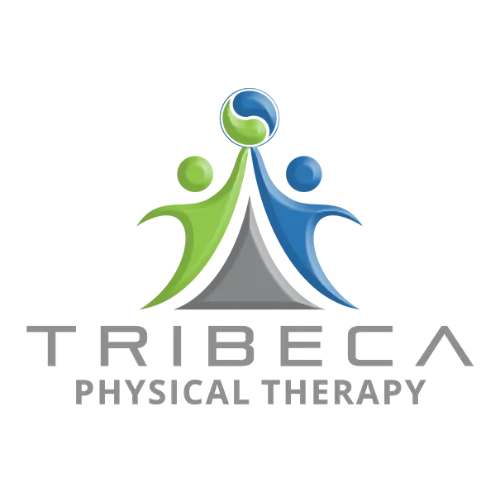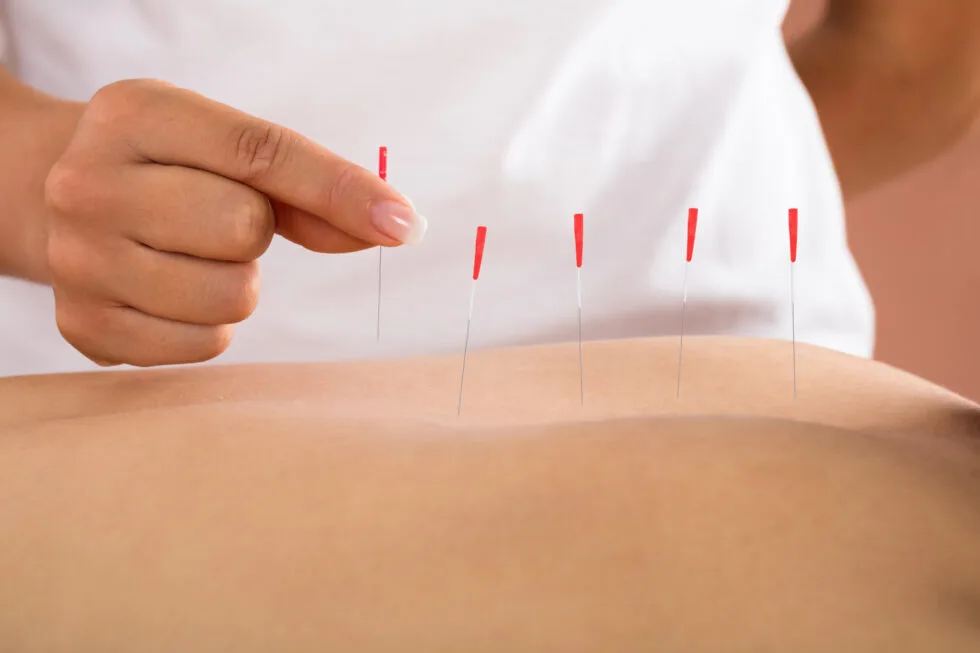Dry needling is part of Western medicine that is usually confused with acupuncture which is based on traditional Chinese medicine. The truth is, these two are completely different from each other. Dry needling is a technique performed by a physical therapist to treat pain and movement impairments by inserting a “dry” needle with or without medication or injection into areas of the muscle.
Other terms are used to describe the act of performing dry needlings, such as trigger point dry needling and intramuscular manual therapy. What does trigger point mean in the perspective of dry needling? One of the important things to take note of in dry needling is the trigger point. The trigger point is a tender to touch taut found in the skeletal muscle in a larger muscle group. It is connected to the body and touching the trigger point may refer to the condition of the other parts of the body.
Physical therapists who perform dry needling have proper education on anatomy and treatment of the body as part of their entry-level education. They also have specific postgraduate education and training to be able to do dry needling supplements. When undergoing this treatment, you must know about the physical therapist’s educational background and experience.
Physical therapists cannot perform dry needling without the use of needles, but what specific needle should be used in this procedure? A thin filiform needle is the one involved in dry needling by a physical therapist. This thin needle penetrates the skin and stimulates underlying myofascial trigger points and muscular and connective tissues. It allows the physical therapist to target the trigger point and tissues that are not reachable by their bare hands. When doing dry needling, physical therapists make sure that the needle they are using is sanitized, hands are covered with gloves, and they are wearing personal protective equipment to make sure that the procedure is safe and clean. The used sterile needles are disposed of properly in a medical sharps collector.
Dry needling is done by physical therapists as part of a larger treatment plan for patients suffering from movement impairment. Research suggests that it releases and relieves pain and improves range of motion by inactivating the trigger points. By undergoing dry needling treatment, the patient is expected to improve his pain control and reduce muscle tension. And in some studies, normalizing dysfunctions of the motor end plates — responsible for the transmission of nerve impulses to muscles, can be achieved through dry needling by physical therapists. As a result, the patient can go back quickly to his active rehabilitation.
There are things that someone who will take on dry needling therapy to keep himself safe and well during the treatment. Physical therapists do not allow patients to undergo dry needling therapy under the following circumstances
- Failure to give consent — in terms of communication, cognitive, and age-related factors.
- Medical emergency or acute medical condition
- Over an area or limb with lymphedema as this may increase the risk of infection/cellulitis.
- The patient has a phobia of needles.
- Patient’s unwillingness due to fear or personal belief.



